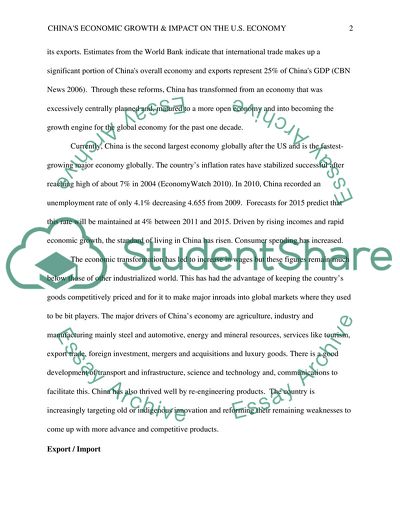Cite this document
(China's Economic Growth and Its Impact on the U.S. Economy Research Paper, n.d.)
China's Economic Growth and Its Impact on the U.S. Economy Research Paper. Retrieved from https://studentshare.org/politics/1772827-chinas-economic-growth-and-its-impact-on-the-us-economy
China's Economic Growth and Its Impact on the U.S. Economy Research Paper. Retrieved from https://studentshare.org/politics/1772827-chinas-economic-growth-and-its-impact-on-the-us-economy
(China'S Economic Growth and Its Impact on the U.S. Economy Research Paper)
China'S Economic Growth and Its Impact on the U.S. Economy Research Paper. https://studentshare.org/politics/1772827-chinas-economic-growth-and-its-impact-on-the-us-economy.
China'S Economic Growth and Its Impact on the U.S. Economy Research Paper. https://studentshare.org/politics/1772827-chinas-economic-growth-and-its-impact-on-the-us-economy.
“China'S Economic Growth and Its Impact on the U.S. Economy Research Paper”, n.d. https://studentshare.org/politics/1772827-chinas-economic-growth-and-its-impact-on-the-us-economy.


